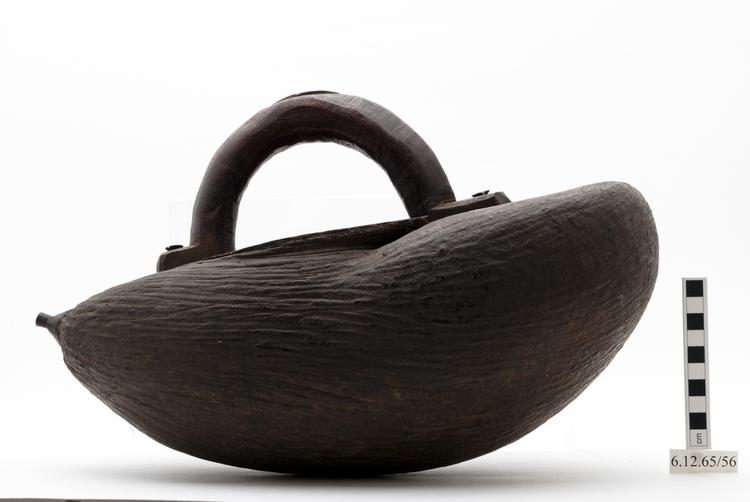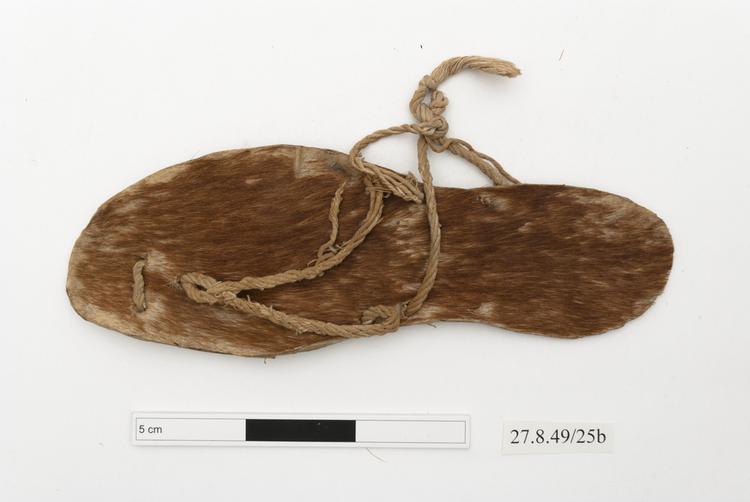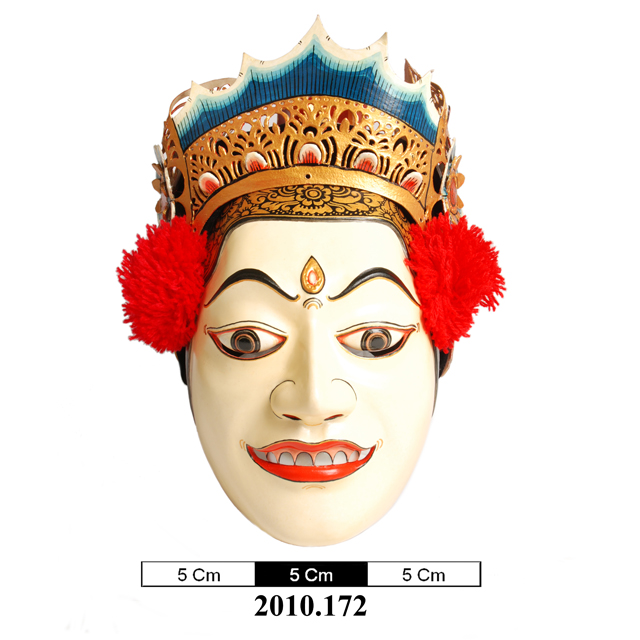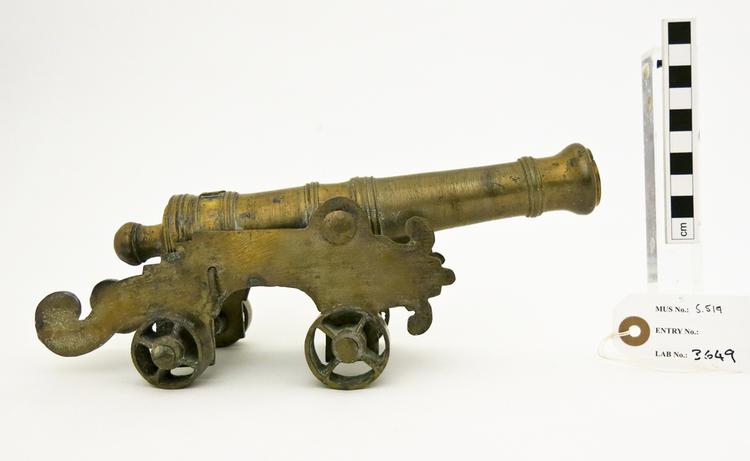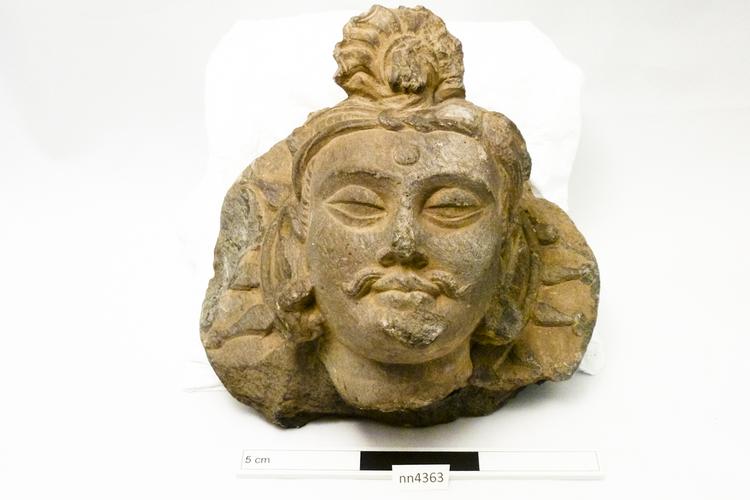
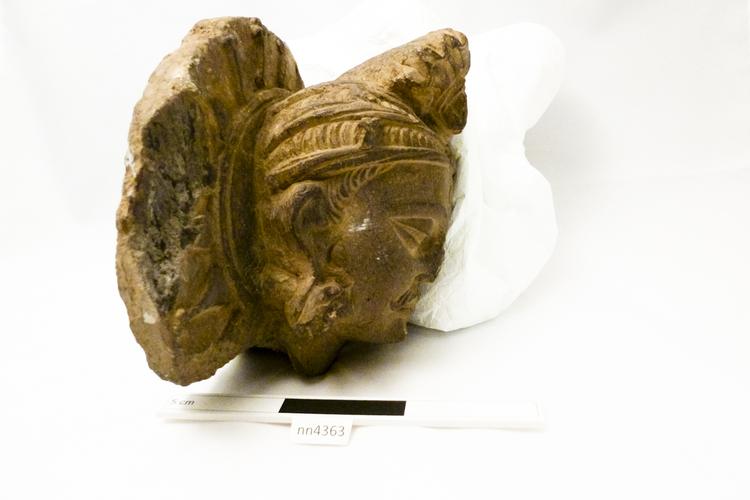
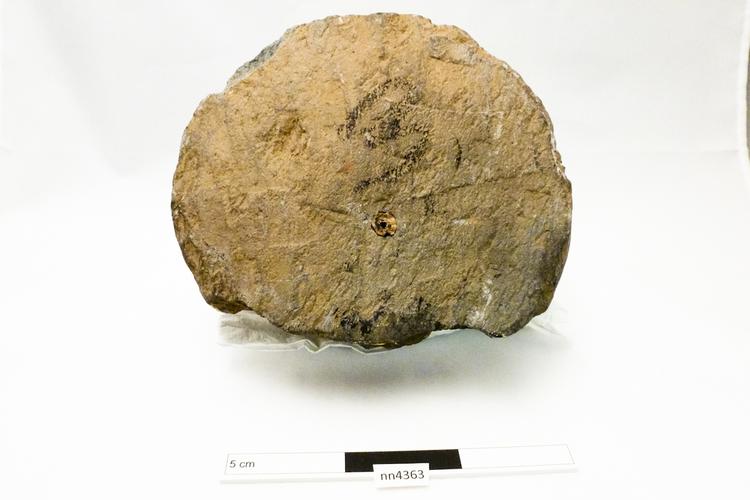
The head of a bodhisattva, Gandharan style, carved in grey schist with flat back.
The head of a bodhisattva, Gandharan style, carved in grey schist with flat back. The head has a high and elaborate usnisha topknot or turban ornament, behind the head is a halo complete with rays of light on its surface. This head came from either a standing or seated sculpture of a bodhisattva, in its day used as a votive object in a Buddhist temple, or in a monastery or stupa. He has an urna on his forehead, curling moustache, heavy ear ornaments and a turban made from thin ropes of cloth above his plain swept back hair. None of the usual defining iconographic elements are present here and so it is not possible to complete its identification with a specific bodhisattva name. The face is broad and high cheek-boned, in these characteristics to some extent similar to sculpture of the same period and style from the Swat Valley. Gandharan style sculpture, circa 1st or 2nd century. There is no find spot or archaeological context known for this piece, and no apparent way of tracing this information beyond the fact that it is inscribed in black crayon with the number '3'. Other pieces in this collection are similarly inscribed in black with other numbers, forming a kind of broken sequence and so an indication of a relationship with each other (both in provenance and acquisition terms).



